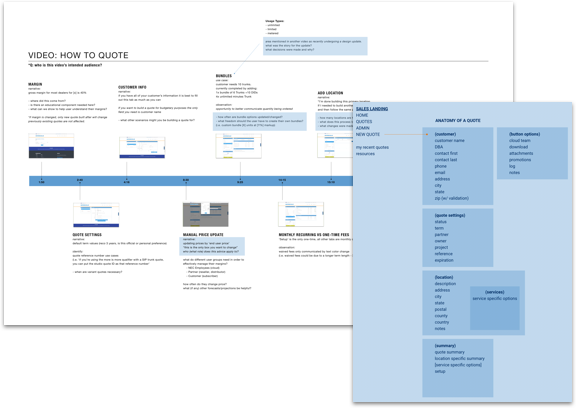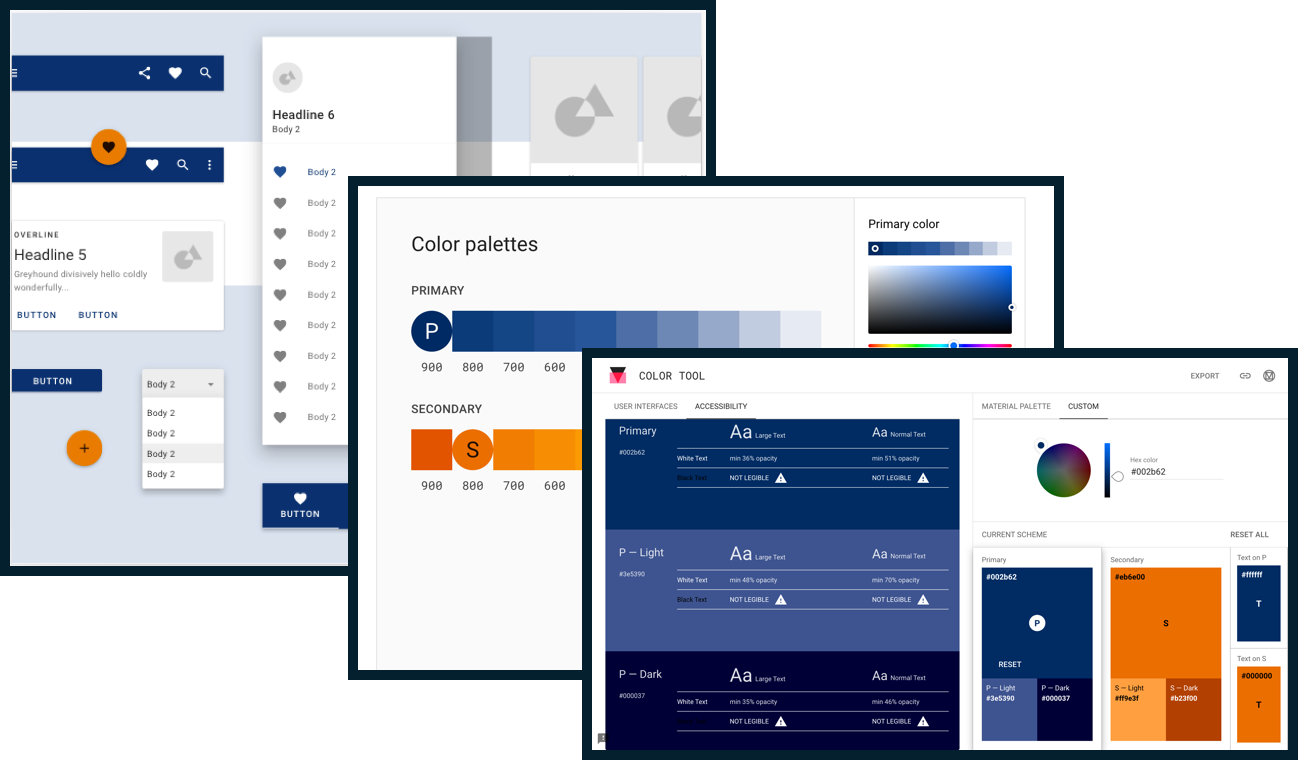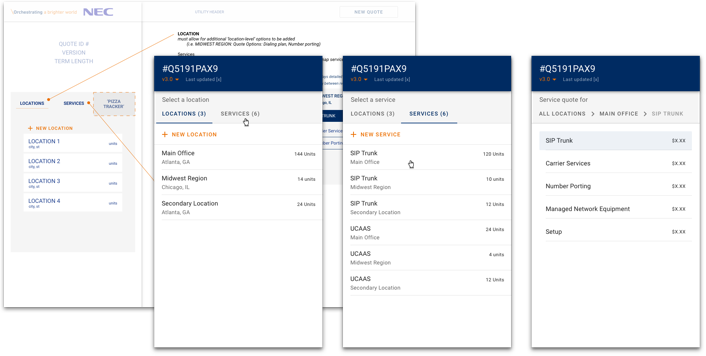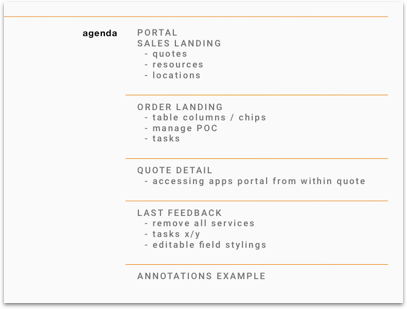Project Description

PROJECT: UNIVERGE BLUE
UNIVERGE BLUE is a cost-effective, business-grade, cloud-based communications solution: Voice, Mobility, Messaging, Presence, Conferencing, Contact Center and more
CHALLENGE
NEC had outgrown their sales portal that allows customers to buy cloud services for parts and needed help figuring out how to make it as “usable as possible”. With an extremely tight timeline (7 weeks) we were brought in to lead the experience and design for the new application.
APPROACH
There was no written brief, but our process embraces all forms of ambiguity. We used an agile scrum process with scheduled mid and end-sprint client meetings to better identify and understand requirements.
In this scenario we turned that original ambiguity into an advantage and opportunity through the continuous gathering of requirements while ensuring stakeholder buy-in with our approach.
CLIENT REVIEW
“I’ve worked with other UI/UX contractors in the past, but this engagement yielded the fastest results. I don’t have any complaints about the screens.
They had a lot of creative ideas that worked, and that’s what we were looking for.”
– NEC Director of Software Development
PROJECT CONTRIBUTIONS
Platform Audit
- Task Audit / Scenarios / Optimization
- Style Guide and Component Library
- Wireframes and Final Designs
Implementation Documentation Deck
OBSERVATION
To begin transforming the intent of the project into design deliverables we began our discovery phase with a review of existing assets and documentation to identify high-level strategic direction for the redesign.
Exercises such as a platform audit, stakeholder interviews, and backlog discussions were used to uncover additional narratives including:
ORIENTATION
As we focus attention on our Observations we dissect them into discrete parts. For instance, by analyzing the particulars of a customer quote we can begin to imagine new configurations regarding why, when, and how this information is collected. The finer this deduction and differentiation of data, the greater the potential for creative solutions.

Meeting and demo recordings (as well as a few existing YouTube tutorials) were used to identify common task sequences. These videos were used to align the team’s common Orientation while identifying new opportunities to bridge the knowledge gap to complete user tasks.
Distilling a concept into it’s specifics and encouraging the exploration of new perspectives is one of our greatest strengths. These concepts originate from the data we collect during Observation and are continuously refined into new and different concepts, steering our Orientation as new information becomes available.
Our agile process creates opportunities for us to continually ask questions to further inform our direction and clarify project intent.
DESIGN RATIONALE
Concurrent with our discovery phase, which included multiple product demos, a documentation review, and product backlog discussions, we created a digital style guide and library components to aid early development efforts.
This allowed for our development partner to accommodate for aggressive project timing by building components (influenced by Google Material Design guidelines) while we were still gathering requirements for the application.

After a one-week discovery sprint, we presented high-fidelity design concepts around key interactions to validate our creative synthesis and design style against the goal (and individual expectations).
Utilizing our style guide and component library we crafted the following examples for discussion to determine if our mental models were correct. This immediately set a shared tone for the application from which to base feedback.

To ground our design decisions we relied heavily on our pairing approach, task flows, and user scenarios. The agile and collaborative nature of our meetings encouraged us to refine project requirements during weekly check-ins with subject matter experts. These working sessions proved to be a great opportunity to add subtlety and precision prior to formal reviews.
Each project, presentation, and review is different. Setting clear expectations is our first step towards delivering on them.


